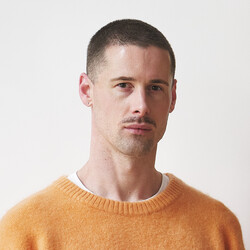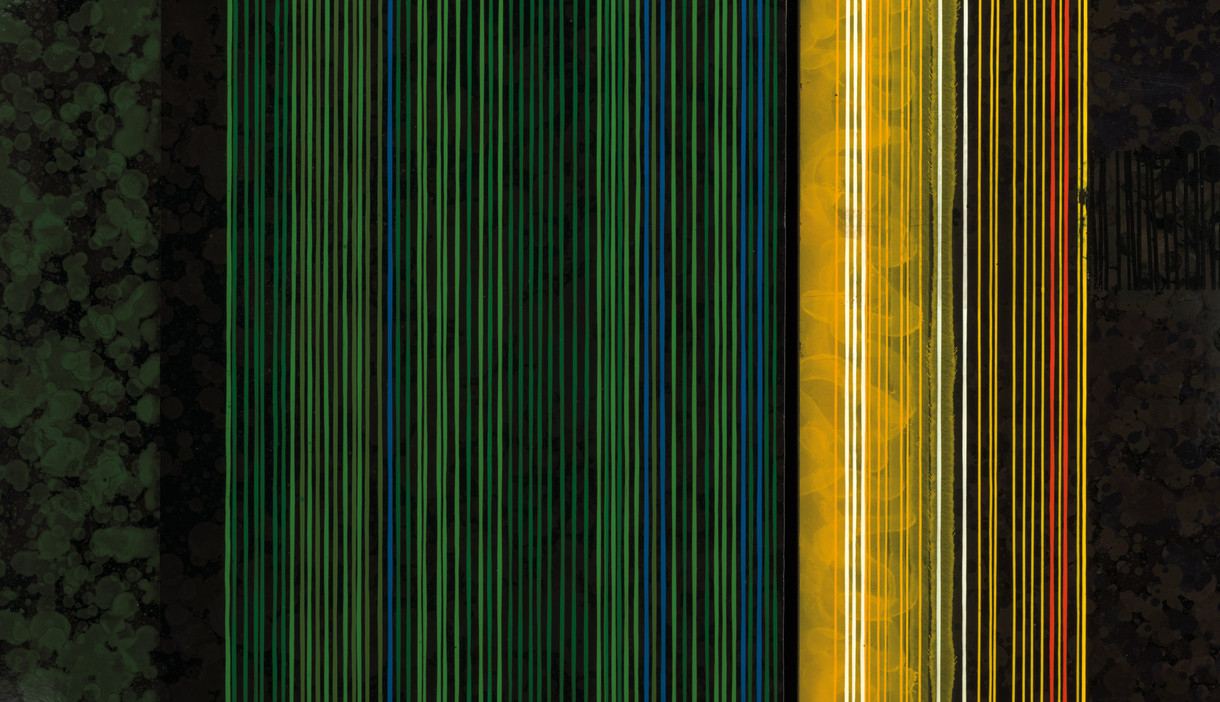B.204
B.
Bulletin
New Zealand's leading
gallery magazine
Latest Issue
B.22001 Jun 2025
Contributors

Director's Foreword

Director's Foreword
Welcome to the winter edition of Bulletin. In this issue of the magazine we hear from writer and rongoā practitioner Arihia Latham (Kāi Tahu), who looks at celebrated Kāi Tahu artist Lonnie Hutchinson’s new project for our gallery spaces and forecourt. Rongoā is the traditional form of plant-based medicine practiced by Māori, and Ahu Tīmataka / Trace Elements brings together rongoā plantings on the Gallery’s forecourt and cut-out works in an exhibition space upstairs. Foremost amongst the plants featured in the exhibition is kawakawa—the most important herb in Māori traditional healing. Latham finds a project that questions our construction of spaces, and the exterior versus the interior presentation of ourselves.
Interview
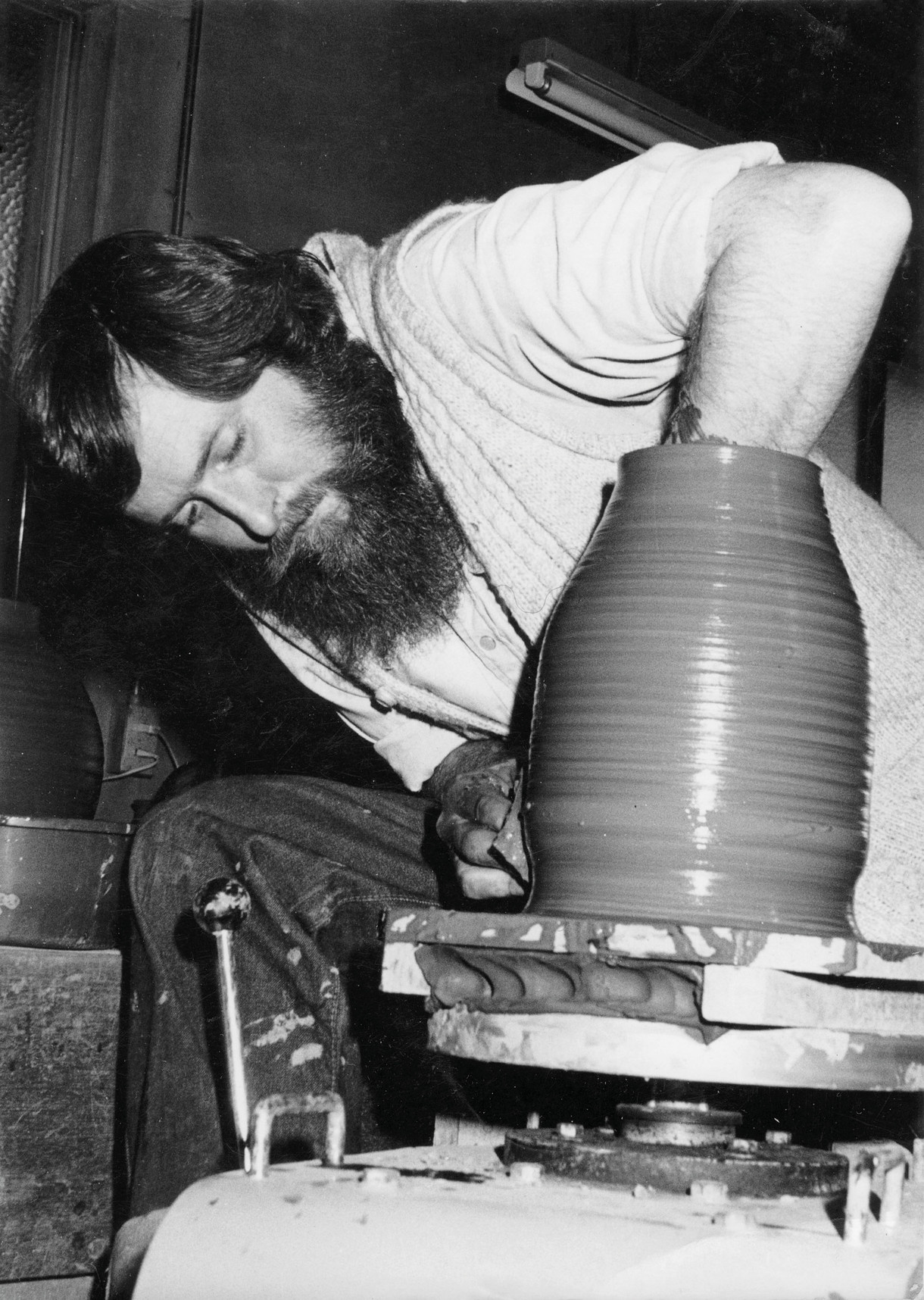
A Passion for Clay and Pots
In recent months, retired potter and former president of the Canterbury Potters’ Association, Rex Valentine – a man passionate about clay – and art consultant Grant Banbury have been working behind-the-scenes in the Gallery alongside registration, curatorial and conservation staff. They’ve been assisting with an audit of a part of the collection that we’re excited to be working with more – the Gallery’s ceramics holdings.
Here Banbury and Valentine discuss the latter’s own production and involvement in pottery circles in Canterbury from the late 1960s to the 1980s; his time spent in studying pottery in Japan, and his involvement with pottery acquisitions during Brian Muir’s directorship of the Robert McDougall Art Gallery. The edited extracts that follow are from an interview recorded at Valentine’s home in Christchurch on 10 April 2021.
Commentary
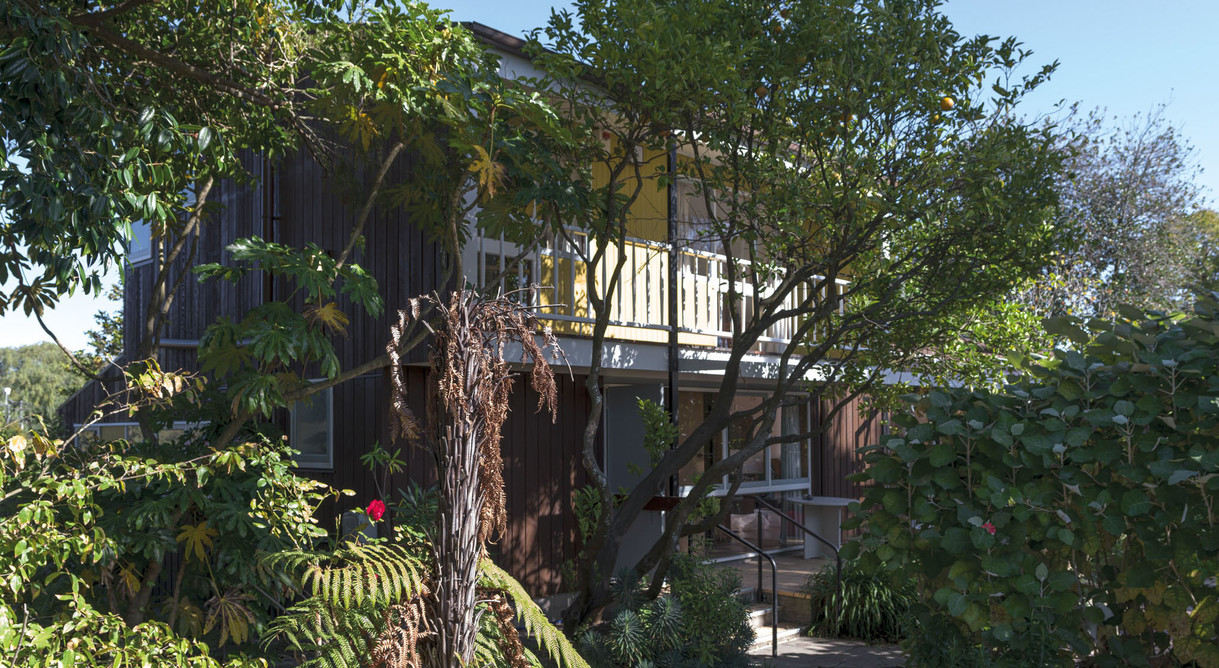
Last House Standing
Behind a high-walled garden on the city edge of the red zone, a crooked fig tree peers through the window into what was once the studio-living room of leading Canterbury School artist Bill Sutton.
Commentary
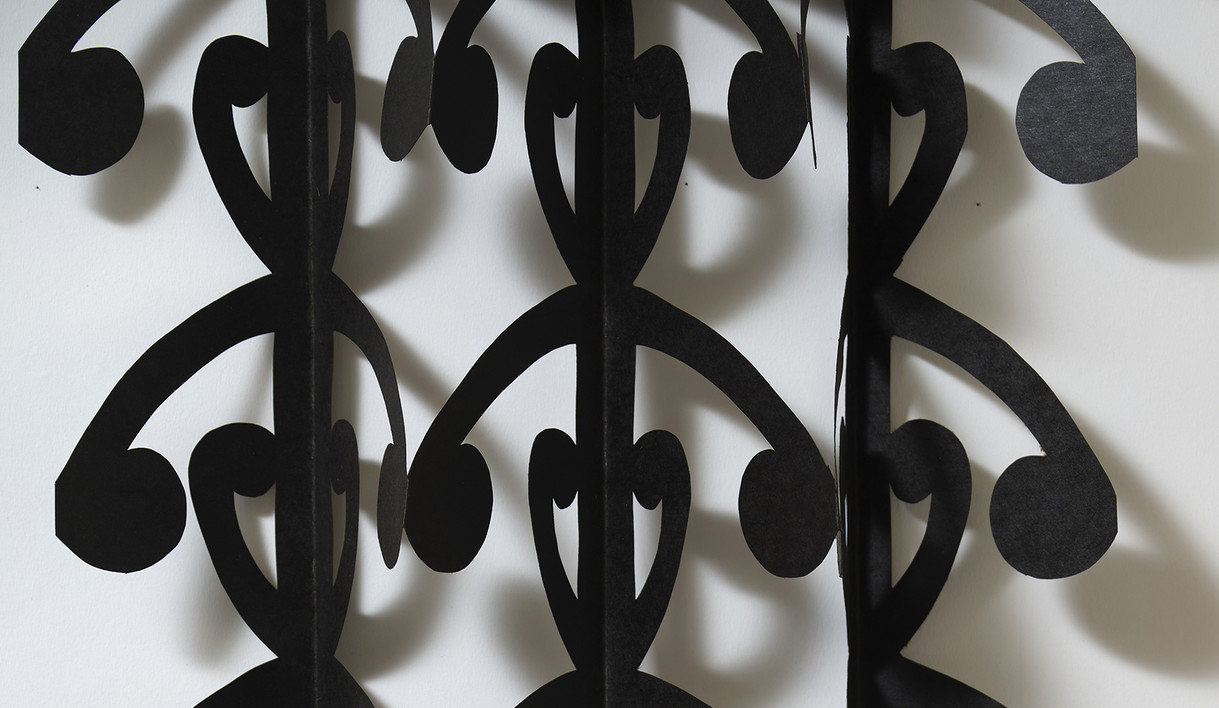
The Place Our Shadow is Cast
Lonnie Hutchinson’s new exhibition at Te Puna o Waiwhetū Christchurch Art Gallery is a calling—between living rākau rongoā planted on the forecourt of the Gallery and imprints of their leaves cut into wallpaper and metal inside. It questions our construction of spaces, the exterior versus the interior presentation of ourselves, inevitably exposing our own health and that of our taiao. Lonnie talks about rongoā, medicinal plant extracts, as being human-made, in as much as paper is human-made from plants, or aluminium cladding from bauxite in the earth. She carves the shapes of leaves into paper and aluminium and we are asked to step with her into te whare tapa wha—the house of healing. Sir Mason Durie designed this whare with a pillar for our tinana, our hinengaro, our wairua and our whānau and it is these things that I feel Hutchinson is asking us to notice in her deconstructed rongoā built of the elements, extracted from the earth, intrinsic to our whakapapa.
My Favourite
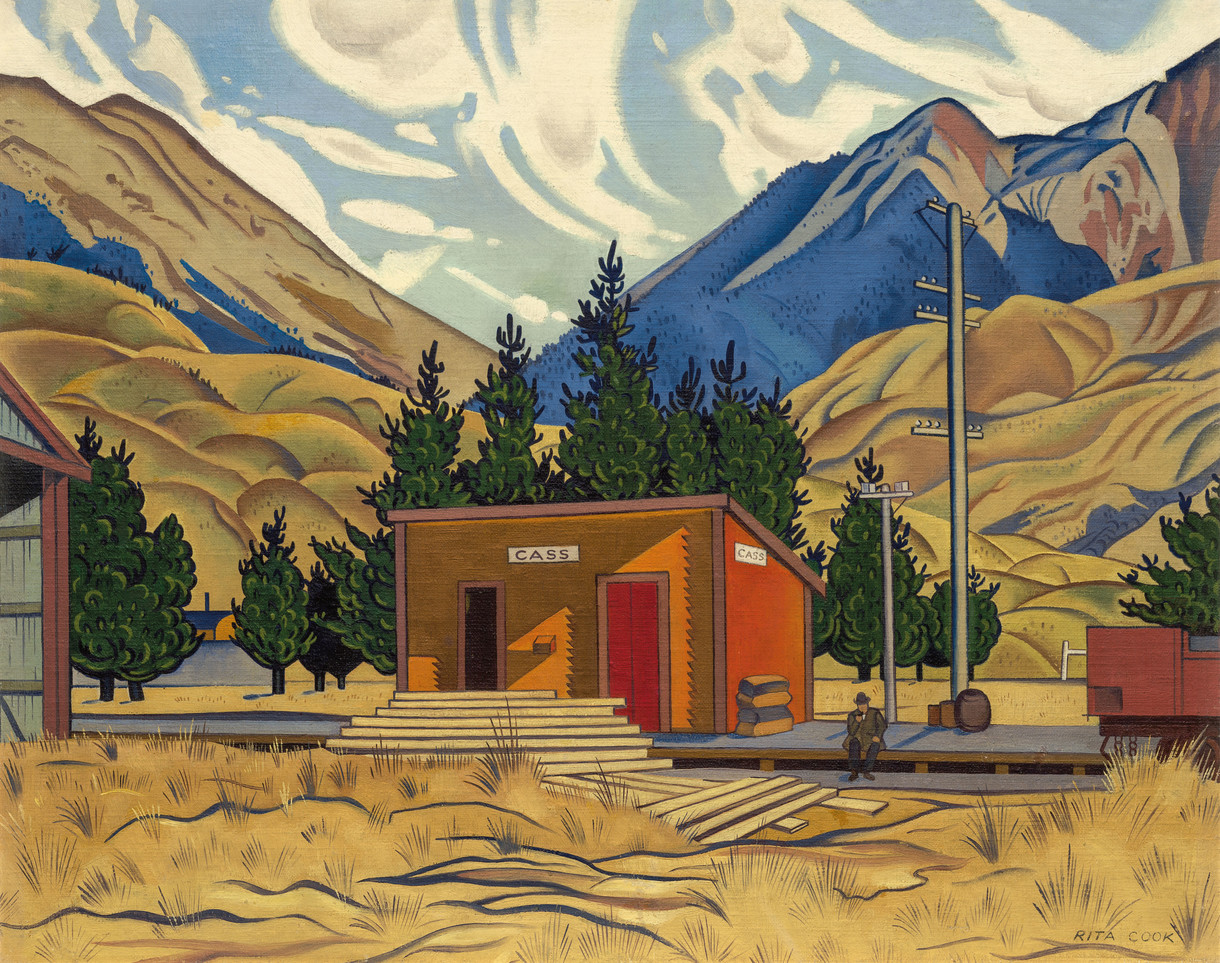
Rita Angus – Cass
A few years ago, I walked the old Ngāi Tahu trails through Kā Tiritiri-o-te-moana The Southern Alps. I was hunting for traces of our pre-European history in the mountains. I encountered a lot of Pākehā mountain history as well. In the upper Waimakariri Basin, on my way to Tarahaka Arthur’s Pass, I wandered into New Zealand’s greatest painting – as seen on TV.


